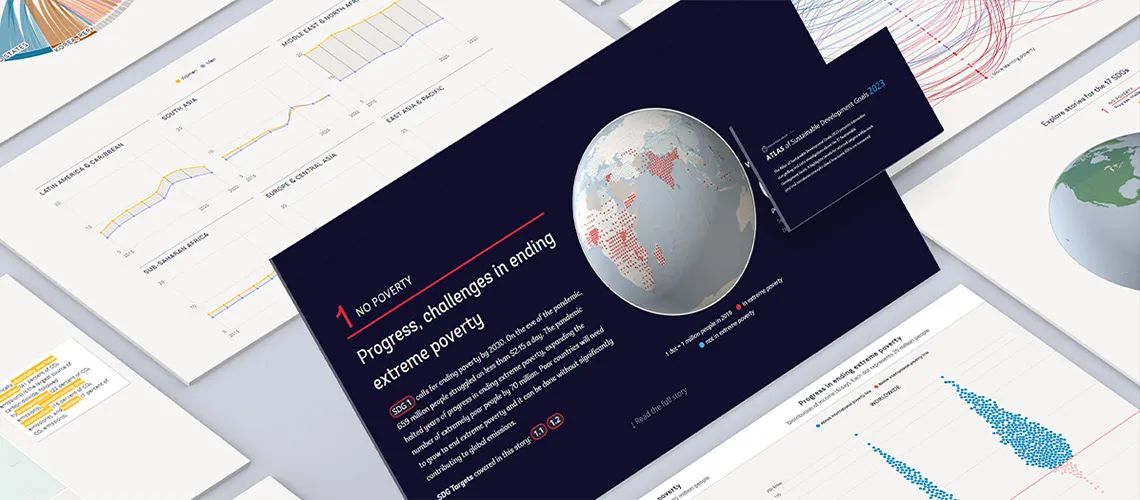Antonia is a Salvadoran chef who had the opportunity to work for 6 months in the United States with a work visa, called H-2B; a program that allows employers to bring foreign nationals to the US to fill temporary jobs. Thanks to the employment intermediation provided by the El Salvadoran government and the United States Agency for International Development (USAID), Antonia was hired by a hotel as a chef assistant.
Despite the language barrier and occasionally feeling homesick, Antonia had a very positive experience. She learned new culinary skills, met new people, and saved part of her salary while still sending USD 800 home in remittances. Upon her return, she joined the family catering business, applying her new skills. While she would like to return to work at the same hotel, she is not sure whether it is possible to reapply.
Like Antonia, an increasing number of Northern Central Americans (NCA) – Guatemalans, El Salvadorans, and Hondurans- are benefiting from government labor intermediation efforts , undertaken with the support of USAID. This is an important development for a region with a long history of irregular migration to the US, the main destination country.
Indeed, legal labor migration pathways can be mutually beneficial by addressing labor shortages in receiving countries while promoting economic growth and poverty reduction in sending countries. However, managed temporary labor migration is an underutilized tool in the NCA region. Governments have yet to develop robust labor migration systems to take advantage of the opportunities posed by global shortages of labor.
Better labor migration systems
A recent World Bank report “Towards Better Labor Migration Systems in Northern Central America” assesses whether NCA countries have the fundamental elements of an effective labor migration system in place. The report utilizes the “Access Framework,” also used by World Bank teams in other regions, examining if appropriate programs and systems exist to prepare and deliver adequate arrangements to hire migrant workers in the context of bilateral or multilateral agreements with other countries.
This includes Global Skills Partnerships in which two countries agree to finance and provide targeted training workers in country of origin to address skills shortages and labor market needs of both in a mutually beneficial model.
Framework for the Institutional Diagnostics of Labour Migration Systems

The report indicates that NCA countries can further benefit from the existing US Temporary Worker Visa Program, and the Canadian Temporary Foreign Worker Program (TFWP) – two major programs to facilitate legal temporary migration of labor—while other pilot programs with Spain and Germany are under implementation presenting opportunities for potential scale up.
Guatemala is the second-largest sender of temporary migrant workers to Canada under the TFWP, after Mexico, illustrating the potential mutual benefit of leveraging such programs . However, the scale remains small, with NCA countries accounting for only 16.7 percent of the TFWP visas and 6.9 percent of the H-2B granted in 2021, respectively.
Furthermore, the report indicates that, private recruiters –the main intermediaries for regular labor migration, managing 90 percent and 84 percent of the temporary work visas granted to Guatemalans and Hondurans in 2021— operate without much government regulation or oversight, which potentially makes workers vulnerable to abuse and fraud.
The report stresses the following key messages and recommendations towards robust labor migration systems:
- Strengthen the institutional and legal framework of labor migration systems, including the government structures to implement it. It is important that countries prioritize legal frameworks to ensure coherent and robust labor migration system and regulate its implementation. This includes establishing bi-lateral or multi-lateral agreements with receiving countries for legal labor pathways.
- Build the capacity of government labor intermediation institutions. This involves strengthening the financial and staffing/technical capacity to undertake labor intermediation and oversight of private recruiters; increasing coordination among stakeholders; reaching out to private employers in receiving counties to tap into labor opportunities; expanding outreach of workers at home by decentralizing services; addressing gender bias in the recruitment process; and improving information systems to monitor and evaluate effectiveness of temporary work abroad programs.
- Establish measures to ensure respect of migrants’ human and labor rights throughout the migration journey. Measures encompass raising awareness of labor rights, monitoring workers’ conditions abroad, and enacting grievance redress mechanisms through which migrants can denounce abuses and obtain prompt resolution. Countries can also establish flexible social insurance schemes and targeted safety nets that migrant workers can access in case of need, both while abroad and upon their return, such as solidarity funds providing cash transfers or psychological support.
- Develop programs to improve skills development both in origin and receiving countries, and for recognition of qualifications across borders. This includes investments in training programs which can have origin and destination components in partnership with receiving countries (e.g., Global Skills Partnerships), and accreditation programs, for skills in demand; so migrant workers can apply their skills in receiving countries and upon returning to their countries.
- Improve linkages between temporary work abroad programs and complementary public and private services to aid the social and economic reinsertion of migrant workers. Relevant services encompass socio-economic inclusion programs for returnees, lines of credit for entrepreneurship, and continuous labor intermediation. Governments should also consider facilitating circular migration of workers who have established links with employers and want to reapply, addressing lack of such mechanisms.
These actions will contribute to maximizing the positive impacts of labor migration for NCA countries, receiving countries and migrants themselves.
Source : World Bank Blogs





